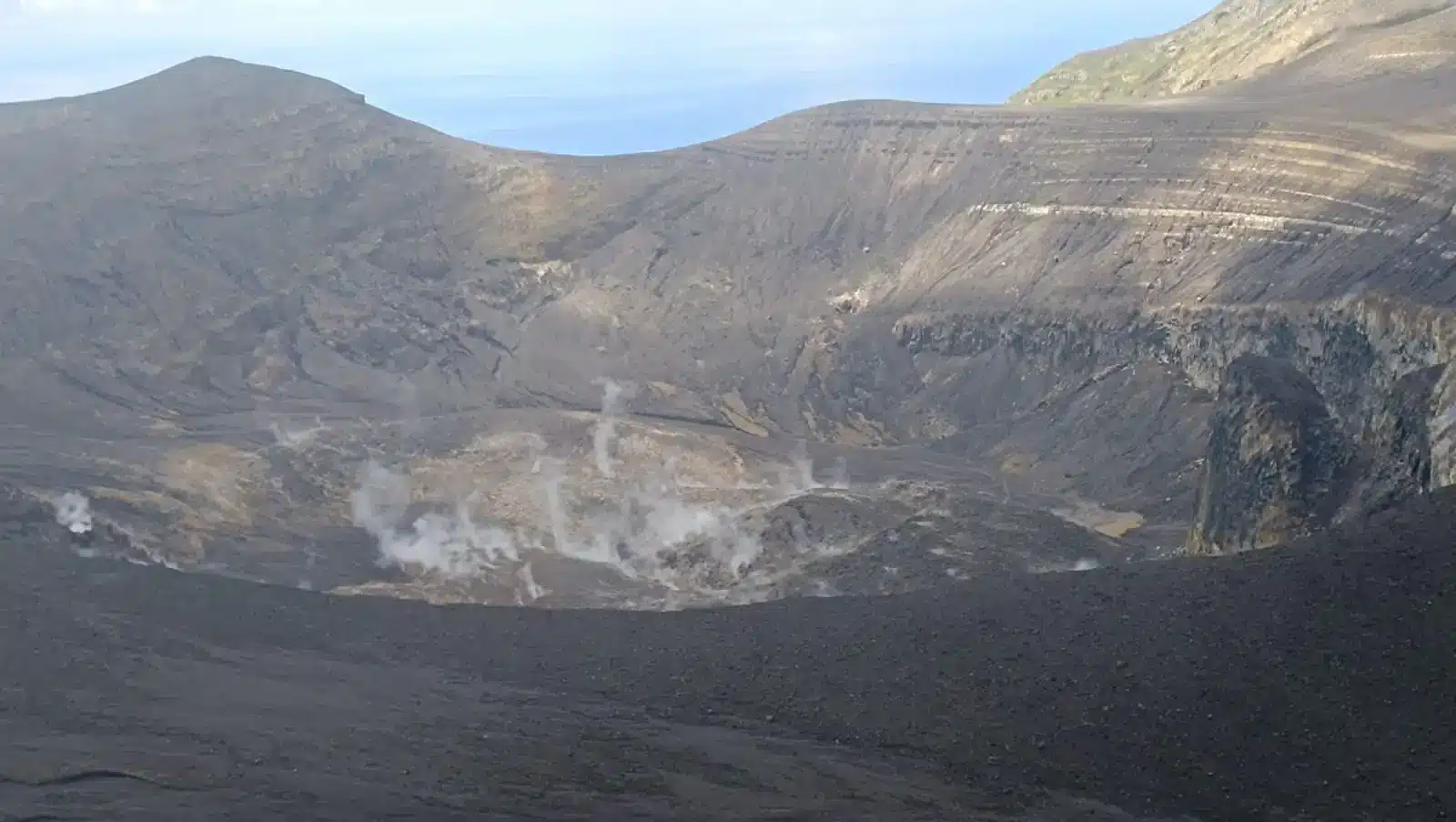NO PERSISTENT THERMAL ANOMALY AT LA SOUFRIERE
The low thermal anomaly first detected by the NASA FIRMS hot spot detection system on Sunday 6 October 2024, at the summit of La Soufrière volcano did not persist into Tuesday, 8 October.
This advisory was issued by the Seismic Research Centre (SRC) based at the University of the West Indies (UWI) St. Augustine, Trinidad and Tobago, following a field visit to the volcano summit by the National Emergency Management Organisation’s (NEMO) Soufriere Monitoring Unit (SMU), on Tuesday 8 October.
Following the observations conducted at the volcano summit, the NEMO – SMU reported that no unusual activity was visible in the crater.
Additionally, there were no significant changes in gas composition from vents in the crater, based on analysis of multigas data collected by the SMU on 4 October 2024. Further analysis of the dataset over the last few days is ongoing.
The detection of the low thermal anomaly on Sunday 6 October 2024 was likely associated with temporal changes in the summit, which may have included a sulphur fire in the crater; an increase in degassing from fumaroles; or a small phreatic (steam) eruption that may have exposed hotter underlying rocks.
It is important to note, however, that potential hazards associated with the presence of degassing at vents in the crater may still exist for some time as the volcano undergoes periodic fluctuations in background activity.
Therefore, members of the public are reminded that unauthorized visits to the volcano summit are prohibited.
The NEMO Soufriere Monitoring Unit, in collaboration with the Seismic Research Centre (SRC), would continue to monitor the physical conditions at the volcano through visual inspection of the crater to track ongoing changes (e.g., landslides in the crater; new and/or more vigorous fumarolic activity) and instrumentation from all seismic stations.





